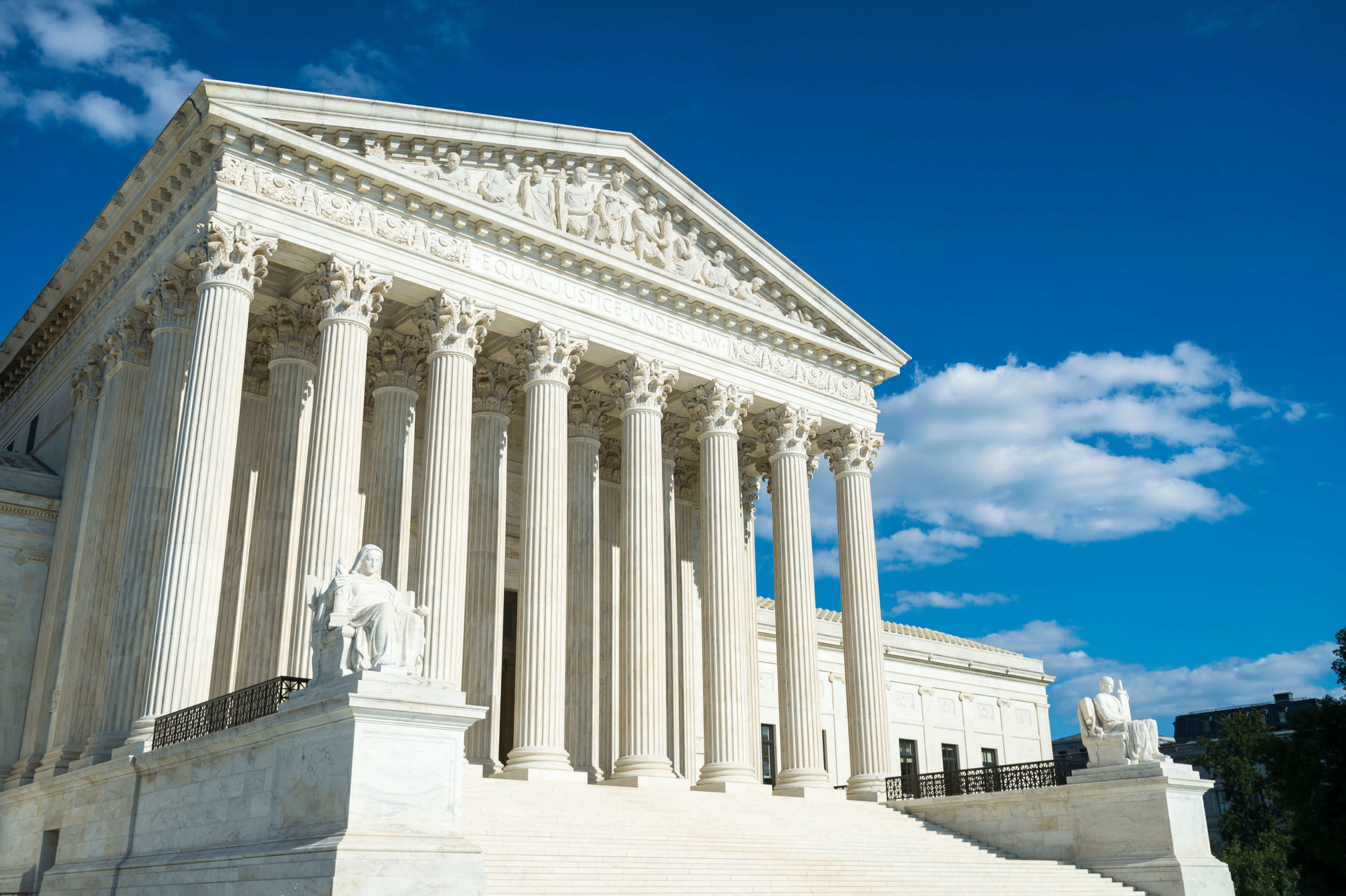This Tuesday, the Supreme Court heard just over three hours of oral arguments for two separate cases on the legality of President Biden’s executive action to relieve student loans for tens of millions of Americans, as some of those affected by the ruling protested outside. Legal experts from Politico, The New York Times, and The Wall Street Journal reported that a majority of justices seemed deeply skeptical of the Biden administration’s arguments, raising the chances that the forgiveness plan may be struck down.
The relief plan, first announced in August 2022, would cancel up to $10,000 in outstanding federal student loans for non-Pell Grant recipients and up to $20,000 for Pell Grant recipients. Eligible borrowers are those whose annual income is less than $125,000 (as well as married couples with an income of less than $250,000). The plan has approved 16 million applicants according to CNN, but has been on hold since the 8th Circuit Court of Appeals blocked the forgiveness plan nationwide. The Biden administration then appealed to the Supreme Court, as we wrote about in December, here.
Although the two cases, Biden v. Nebraska (brought by six Republican-led states) and Department of Education v. Brown (brought by two individuals) have different plaintiffs, they both hinge on the argument that Biden surpassed his legal authority in issuing the relief, according to CNBC.
Solicitor General Elizabeth Prelogar, representing the Biden administration, argued that President Biden’s executive order is legal based on the 2001 HEROES Act, which gives the secretary of education a broad ability to “waive or modify any statutory or regulatory provision” and was expanded in 2003 to protect borrowers affected by “a war or other military operation or national emergency.” Prelogar further argued that the plaintiffs, the six states and the two individuals, don’t have the proper legal standing to bring the case, according to Jeremy Bauer-Wolf of Higher Ed Dive.
However, several justices sharply questioned the first argument, as quoted by Adam Liptak in The New York Times, “Chief Justice Roberts and Justice Clarence Thomas were skeptical that the words ‘waive or modify’ allowed outright cancellation. ‘It doesn’t say modify or waive loan balances,’ the Chief Justice said.” In addition, Justice Kavanaugh argued that Congress “could have in 2003 referred to loan cancellation and loan forgiveness, and those are not in the statutory text.”
According Liptak, the minority of justices appeared more willing to accept the Biden administration’s argument that the HEROES Act did grant the executive branch broad powers to act without Congress, “the court’s three liberal members said Congress had already acted, by passing a law in 2003 that authorized the secretary of education to address emergencies.” Justice Kagan was also quoted by Liptak as saying “Congress could not have made this much more clear…. We deal with congressional statutes every day that are really confusing. This one is not.”
As for the second argument, Bauer-Wolf reported that a majority of justices did not ask many questions about whether or not the plaintiffs had proper legal standing, and seemed more interested in the legality of the Biden administration’s use of the HEROES Act. However, Josh Gerstein and Michael Stratford of Politico reported that Justice Barrett seemed more interested in the legal standing argument.
Following typical Supreme Court procedure, the justices will cast tentative votes at a private meeting in the next few days now that the oral arguments are complete. Then, justices and their staff will draft a majority opinion, as well as concurrences and dissents. Public rulings in important, high-profile cases such as this one tend to arrive around late June.












